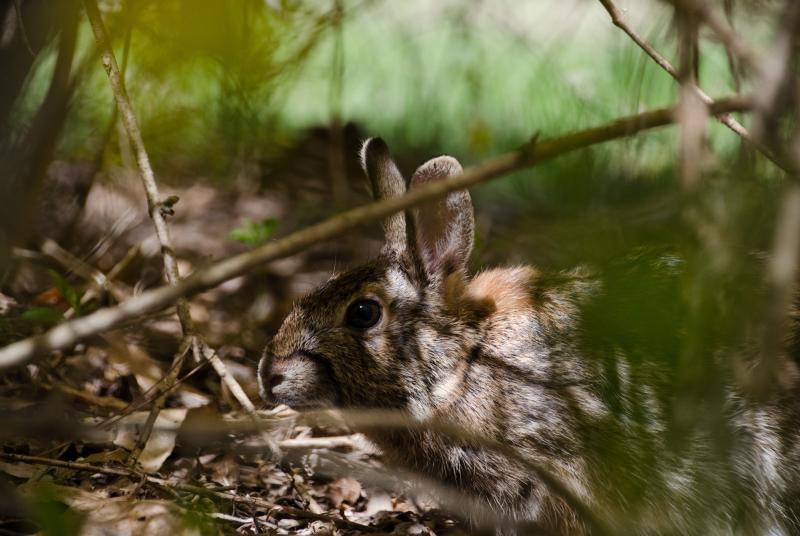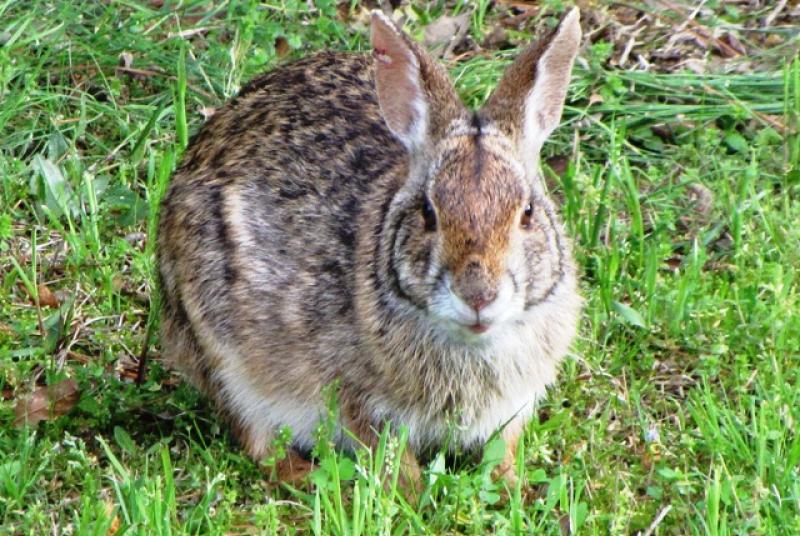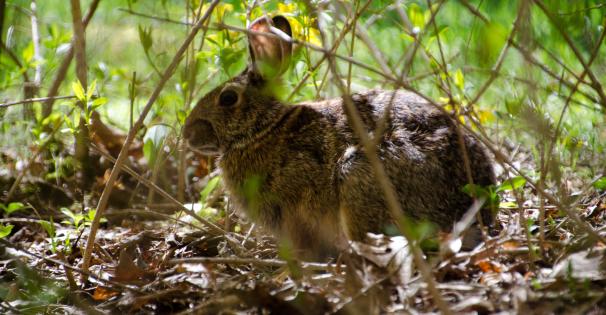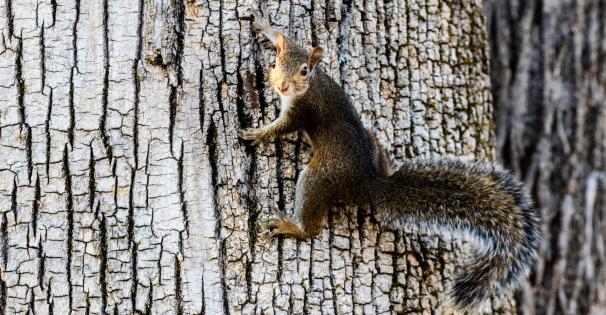
There are two species of rabbits found in Mississippi, the cottontail rabbit (sometimes called a hillbilly) and the swamp rabbit (sometimes called a cane-cutter). Both species are relatively common to all regions of the state, but cottontails are probably the most widely distributed and most numerous. Like quail, declining rabbit populations have been mostly due to changes in land use and management. Despite the loss of habitat and declining rabbit populations, local rabbit populations can be increased with planned habitat management at proper scales. Habitat management practices that produce the proper cover resources required by rabbits are essential to increase local rabbit populations.



